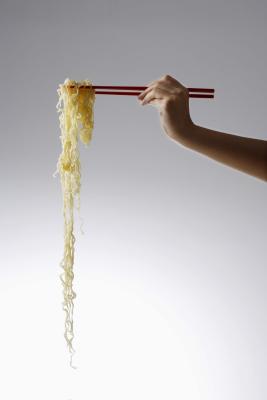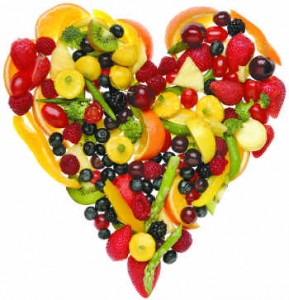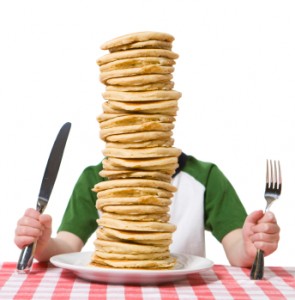
Hey Davey!
Recently my mom brought home this newer product called “Miracle Noodles”. They are a calorie and gluten free “noodle” that, apparently, Japanese woman eat to stay thin. I tried them and must admit that they are quite good. The only thing that worries me is the fact that they have no nutritional value whatsoever. Have you seen them or tried them? And if so (or even, if not) what are your thoughts on them? Should they be consumed despite the fact they have no nutritional value at all?
Thanks,
Mercedes
Hey Mercedes,
The so-called “miracle noodles” have been traditionally known as shirataki noodles. The noodles are made from the corm of a plant that is sometimes called the elephant yam - though itâs not actually related to the yam family. The resulting flour is mixed with water or other juices and powders to form slaps that are cut into the thin noodle strips.
Containing about 6 calories per kilo, shirataki noodles contain glucomannan - a water-soluble polysaccharide that is considered a dietary fiber. Like other fibers, itâs great for your bowels and helps alleviate constipation. Moreover, because the fiber is water soluble, the noodles expand in your stomach. This helps dieters feel full.
While some dieters may find this carb-free, nearly calorie-free noodle appealing (especially individuals on carbohydrate-restrictive diets), itâs important to consider a few things. For individuals that overeat, consuming large quantities of nutritionally devoid foods doesnât help treat the core issue of overeating. In some ways, itâs a shortsighted approach. And since the noodles contain so few nutrients, eating large quantities (at the expense of other foods) can result in malnutrition.
I donât eat shirataki noodles because they are terribly bland and tasteless. I much prefer eating a balanced diet of foods that are both nourishing and delicious. Having said that, if you find a recipe that you enjoy, thereâs nothing wrong with eating shirataki noodles in moderation. However, itâs important to ensure youâre getting your nutrients elsewhere.
Love,
Davey Wavey

















